February Recipe

We will publish historical recipes on this website until the end of this project in late Spring 2021. Ideally, these recipes are made available on a monthly basis. This is not always possible due to the challenges the COVID-19 pandemic has brought with it.
We still publish recipes that fit the season, are sustainable, easy enough to cook and can be locally sourced in order to be repeated at home with ordinary kitchen tools and basic cooking skills. We publish the original as well as the appetising reimagined version by our creative and skilled chefs. This month's recipe was reimagined by our official partner Niall Sabongi.
We created a google map of fishmongers and seafood shops in and around Dublin where you can get your seafood for your recipe. We update this map whenever we can, but it is by no means exhaustive and if you can't find your local or favourite seafood shop here or you're a fishmonger who would like to be added, please get in touch and we will update our map.
Enjoy your seafood experience!
February recipe: Gurnard
- 1
- 2
- 3
- 4
- 5
- ?
Click for gurnard sustainability info
Click on the gurnard to find out about its history and ecology.
 Our November recipe is based on an algamation of two variations of fish curry that we found in the archives that got us really excited. These recipes are from Maria Rundell's cookbook in 1807 using lobster and cod. Since these recipes only mention "curry powder" as the curry ingredient, we investigated the history of curries on the British Isles and Ireland in a bit more detail.
Our November recipe is based on an algamation of two variations of fish curry that we found in the archives that got us really excited. These recipes are from Maria Rundell's cookbook in 1807 using lobster and cod. Since these recipes only mention "curry powder" as the curry ingredient, we investigated the history of curries on the British Isles and Ireland in a bit more detail.
From the 18th century curry recipes began appearing alongside more traditional English and Irish fare in cook books. And coffee houses added curry onto their menus.
As people on the British Isles and Ireland adopted the love of spice, the history of curry changed. Even the term ‘curry’ is English, it derives from the Tamil word ‘kari’, which means sauce. This term generally denotes any dish with Indian spices such as turmeric, ginger, cumin, and coriander. The word ‘curry’ was first seen in an English cookbook as early as 1747. With this the influence of Indian food in England and Ireland had officially started.
Many of these dishes we wouldn’t recognise today, and they certainly would not have tasted the same as they did in India.  They were often very mild and used a small variety of herbs and spices or even just “curry powder” as we found in Maria Rundell's recipes.
They were often very mild and used a small variety of herbs and spices or even just “curry powder” as we found in Maria Rundell's recipes.
The problem was that many of the herbs and spices had lost much of their impact, from being stored on a boat for months on end on their journey from India.
In general, British modified curries are creamier, thicker, and sweeter. Britain also tends to categorise Indian cooking by spice level, which is hardly done in India.
Nowadays we aren't challenged by bland flavours anymore. Niall's beautiful creation of a fish curry in which he interweaves knowledge and tastes from the past and present oozes with flavour and freshness.
Here is Niall's take on an old Irish Fish Curry:
The recipes for curry were widespread and even talking to some older family members on my Irish side it seems that it was pretty common to have curry for dinner. However, it was ‘curry powder’ that was mainly used and not a mix of Indian spices. Below I’ve gone for fresh and dried spices which you can mix up with whatever you have in your cupboard.
The fun thing about curries I find is that they are very forgiving and as long as you balance the elements by tasting as you’re cooking you will almost always have a winning dish.
You can also use curry powders which will always hit the mark. Just be sure to fry them with onion, garlic and ginger to bring out the full flavour.
Many of the historical recipes call for a process called “crimped” to be carried out to the fish so it remains stiff for the cooking process. This process will be difficult in the modern kitchen as it calls for the fish to be cut up alive. I can definitely see why this would have merits, but if you use smaller or very firm fish (such as gurnard) that are fresh this would be perfect in my opinion. Also, if you do think your fish is very soft, and might fall apart while cooking you could "brine" the fish which will firm up the meat and also draw out any excess moisture.
This curry is fragrant with coriander and cloves, sour with tomatoes and lime and fiery with chilli and I hope you enjoy it!
Niall's Fish Curry
prep: 10mins; cook: 30mins; difficulty level: easy; serves 4- 6

Ingredients
- 1kg Gurnard, cut into 5cm chunks
- 60ml vegetable oil
- 1 tbsp yellow mustard seeds
- 1 tbsp white pepper crushed
- 1 large onion, finely chopped
- 3 good-sized garlic cloves, finely crushed
- 1 thumb-sized fresh ginger
- 30 fresh curry leaves
- 2 tps Kashmiri chilli powder
- 2 tsp cayenne powder
- 2 tsp ground coriander
- 2 tsp turmeric powder or thumb of grated fresh
- 400g chopped tomatoes (alternatively use 1 tin chopped tomatoes)
- 100ml lime juice
- 2 green chillies (use less if going mild), sliced lengthways into 6 pieces
- Bunch fresh coriander leaves
- 1 tsp salt
Method

- Heat the oil in a heavy-based saucepan over medium heat.
- When hot, add the mustard seeds and fry for 30 seconds until they start to pop, then add white pepper for 20 seconds, add the onion and garlic and fry gently for about 10 mins until softened and slightly golden.
- Add the curry leaves, chilli powder, cayenne powder, coriander and turmeric and fry for 2 mins.
- Then stir in the tomatoes, lime juice, green chillies and salt and let it simmer for about 10 mins until rich and reduced.
- Add 200ml of water.
- Add your fish chunks and cook for a further 5 mins or until the fish is cooked through.
- Stir in fresh coriander leaves and season with salt and lime. You may want to add a little sugar depending on your taste and the tomatoes you used.
To serve
Boiled basmati rice works well with this, especially when flavoured with toasted desiccated coconut and fresh coriander leaves. If you want it with an Irish touch, boil your favourite potatoes and serve them with this curry.

To garnish
Niall likes to garnish his dish with a few more bits and bobs to elevate it. He recommends a dollop of créme fraiche and toasted almond flakes as well as crispy onions. Yum!
Side Salad
Niall likes to have a little salad with this curry. Typically, he dices up tomatoes, onion and cucumber and seasons with shredded fresh mint, chopped up coriander stems, chilli flakes, salt, pepper, cumin, lemon juice and rapeseed oil.
Niall's tip:
If you can't find gurnard, any meaty white fish will make a good alternative such as monkfish, sea bass or small cod and haddock.
I like the fish cut on the bone as I eat with my fingers and love getting messy. Plus the bones add a depth of flavour and also thicken the sauce.

Take part in our monthly social media competition for best pic/post and win a €20 voucher for Sustainable Seafood Ireland. Simply upload your pic/post to twitter or instagram and tag us @foodsmartdublin.
We completed our archival work to identify historical, local seafood recipes of the Dublin coast communities. We searched through the archive of the National Library of Ireland on Kildare street in Dublin, and visited the National Folklore Collections at University College Dublin (UCD). To optimise our outcome we listened to sound archives from the Urban Folklore Project carried out by UCD in 1979-1980. Even though our archival work is officially completed now, we keep our ears and eyes open for any seafood recipes that may have been commonly used in Dublin up to the 1950s. If you have a seafood recipe from your Nana or parents or greatgreat grandparents, please get in touch with us. We would love to hear from you!
At the end of our project, we'll have twelve reimaginged historical recipes that are the flagship of Food Smart Dublin. we will publish these recipes in the form of a Food Smart Dublin recipe book including the stories surrounding each seafood, the nutritional values as well as the organism's natural habitat and lifecycle.
Recent Recipes
Below you will find all the recipes we cooked. You can cook them anytime until they are out of season. Information on the seasons can be found in the sustainability section of each recipe or in our seasonality summary chart. Enjoy your sustainable seafood!



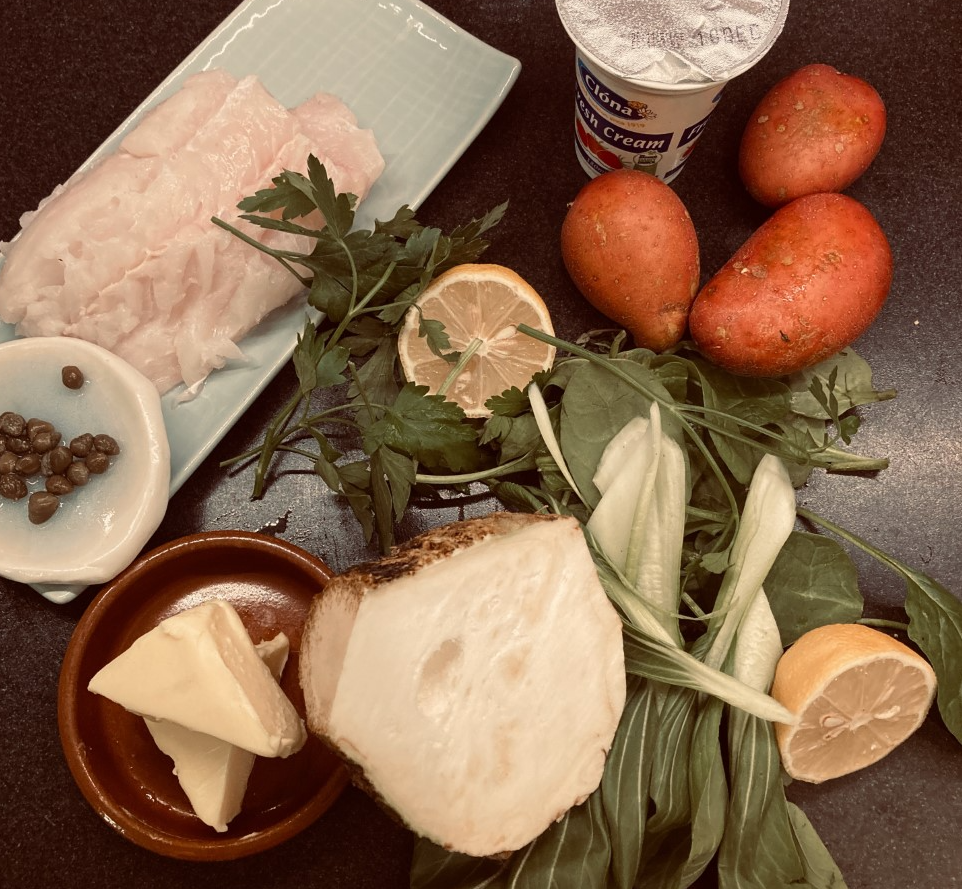
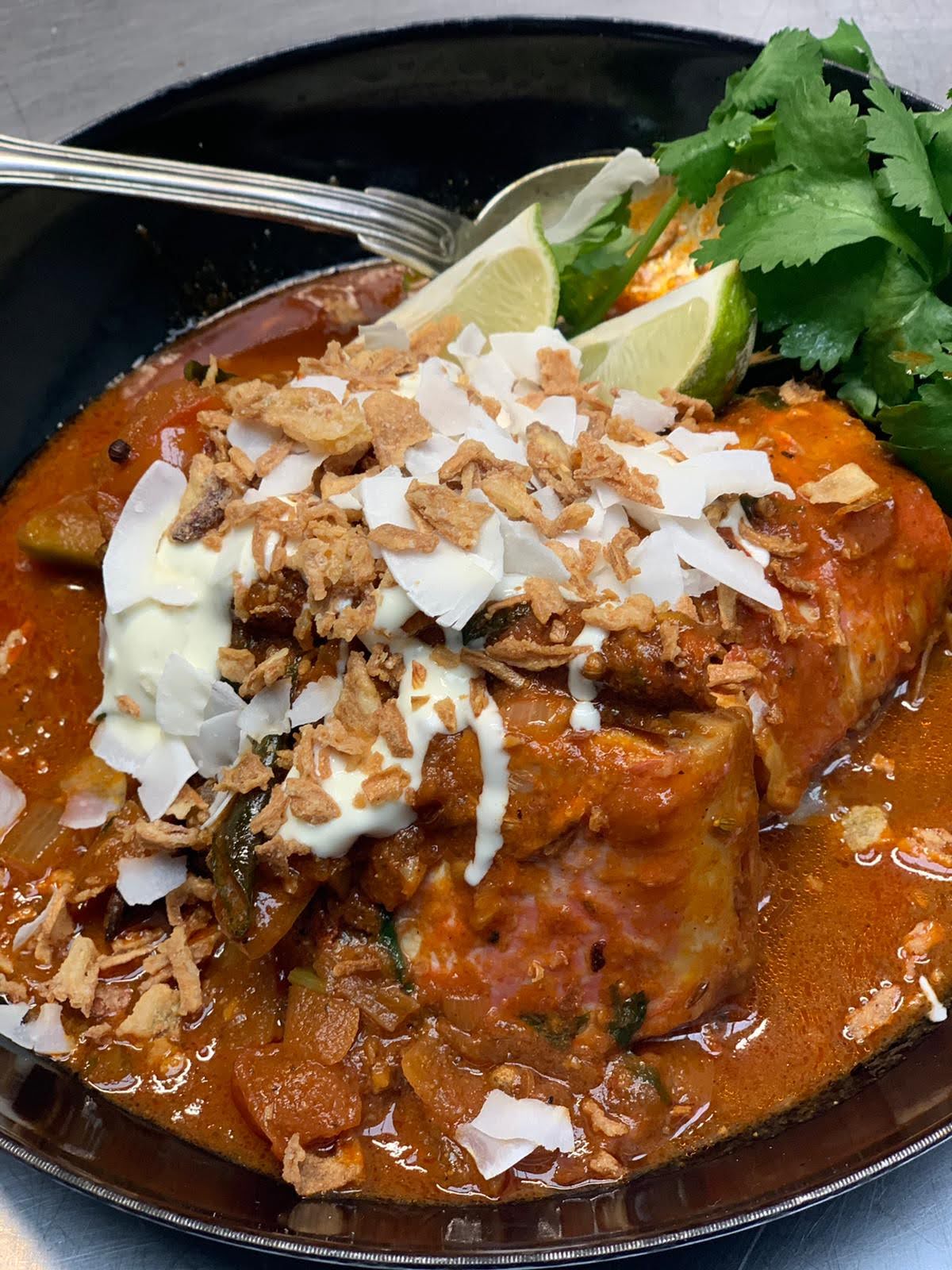
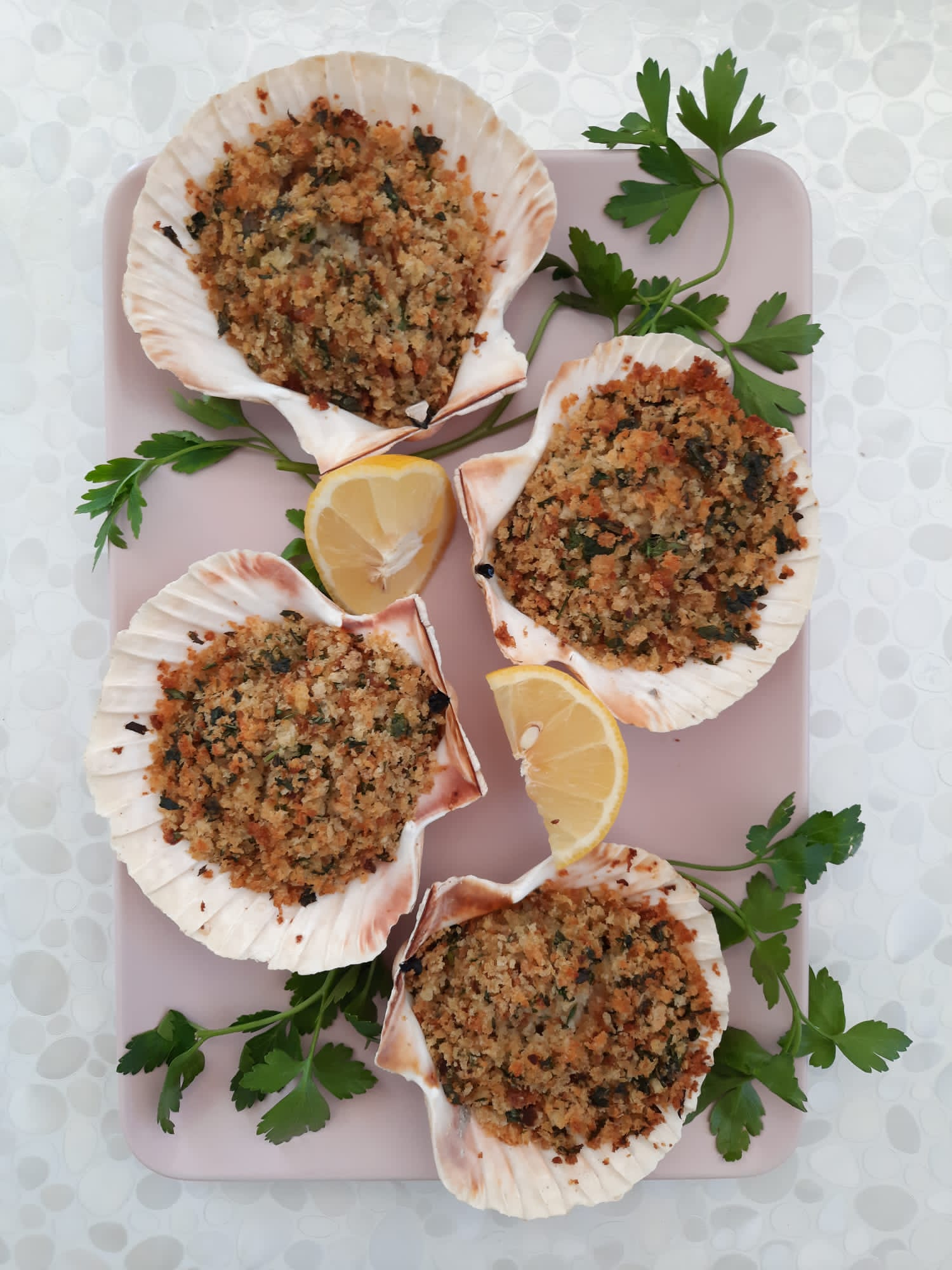
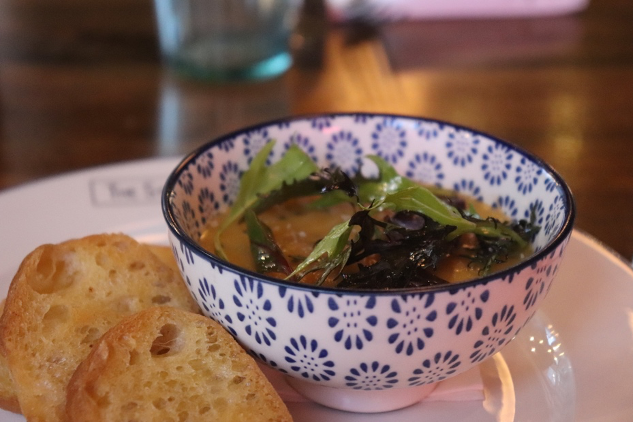
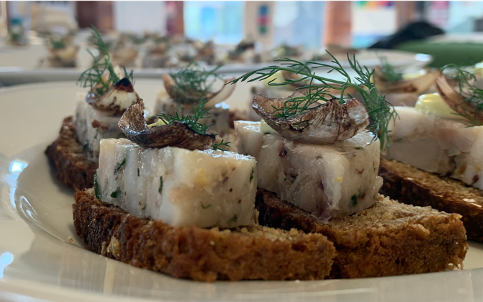
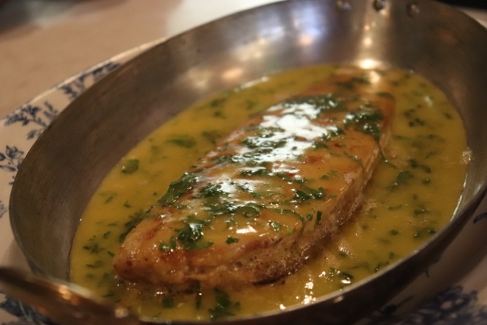
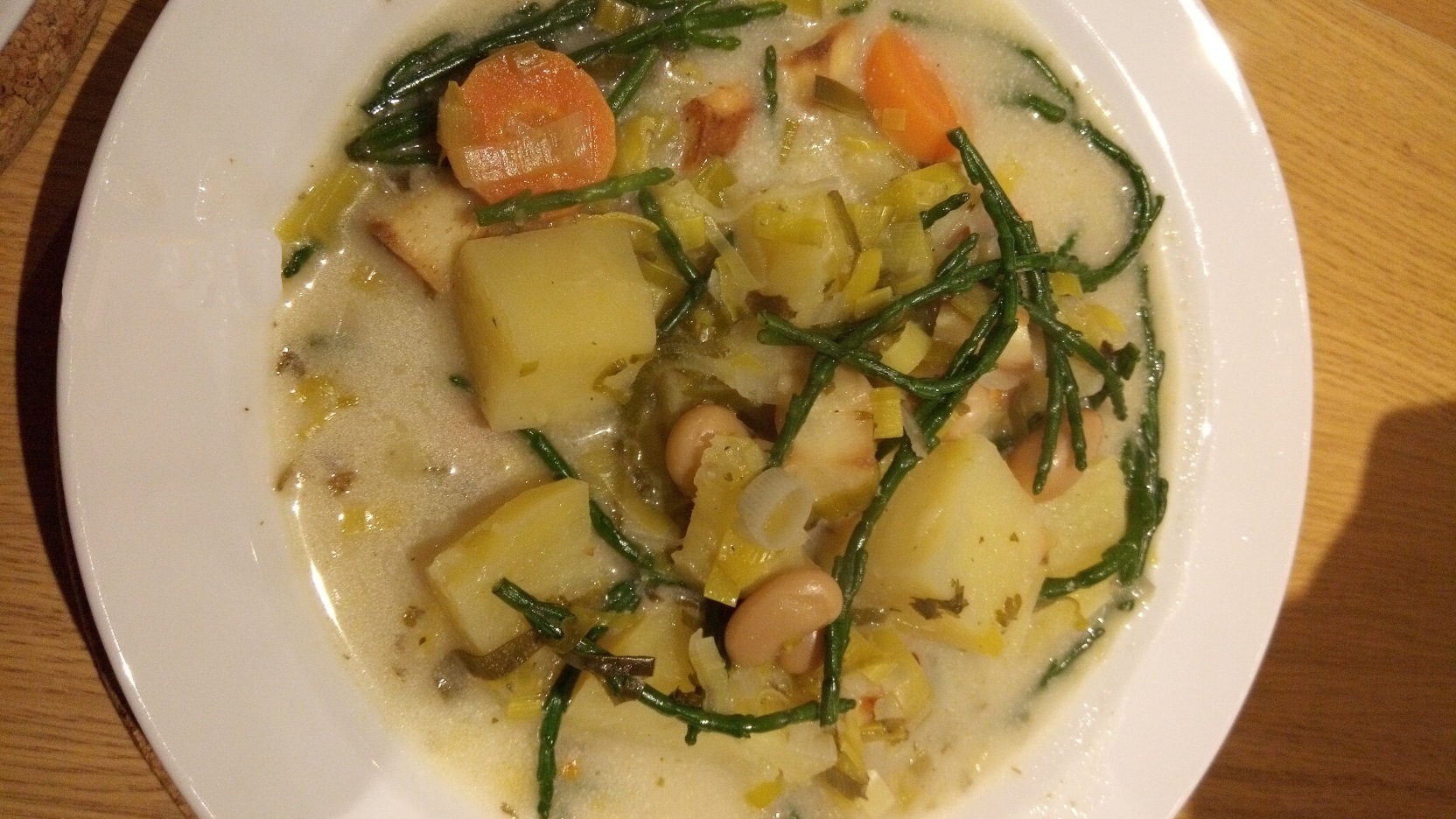
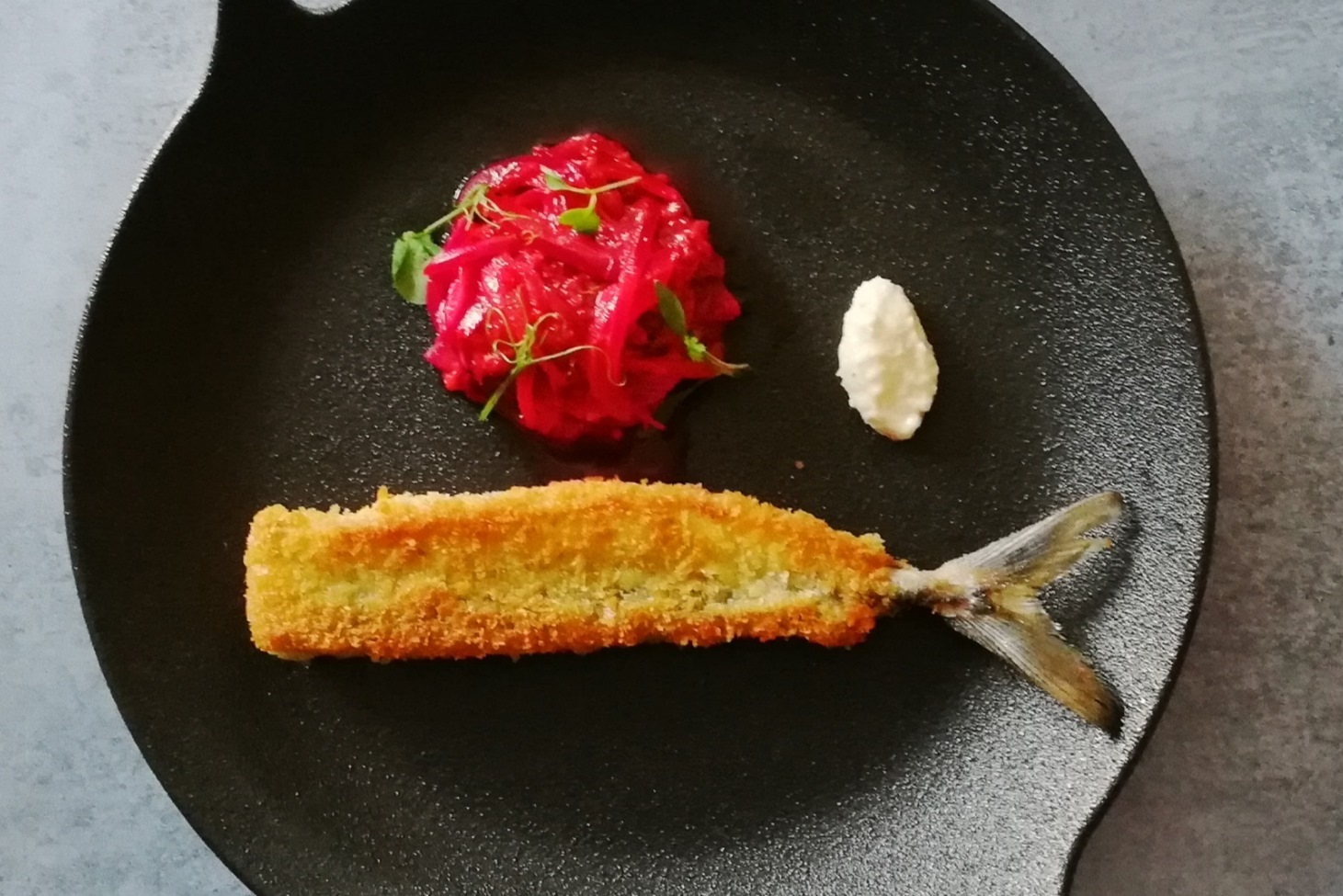
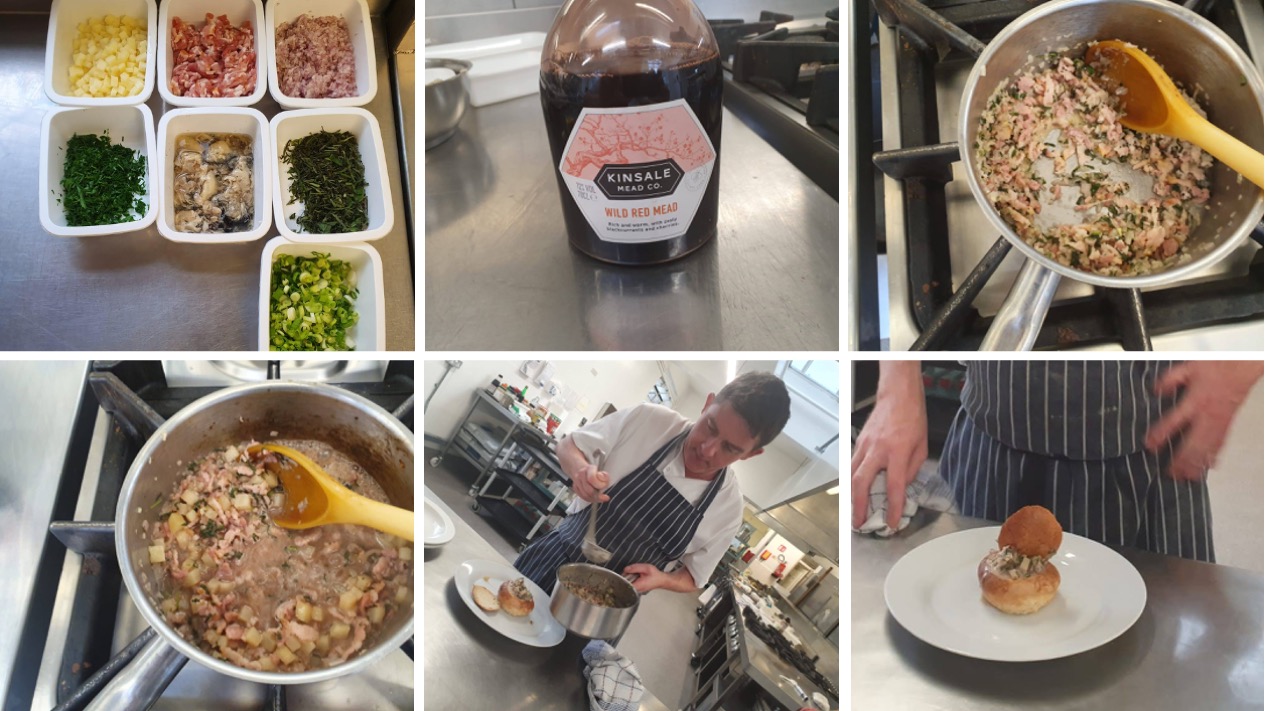
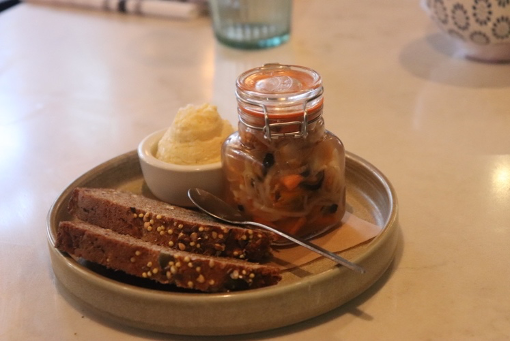
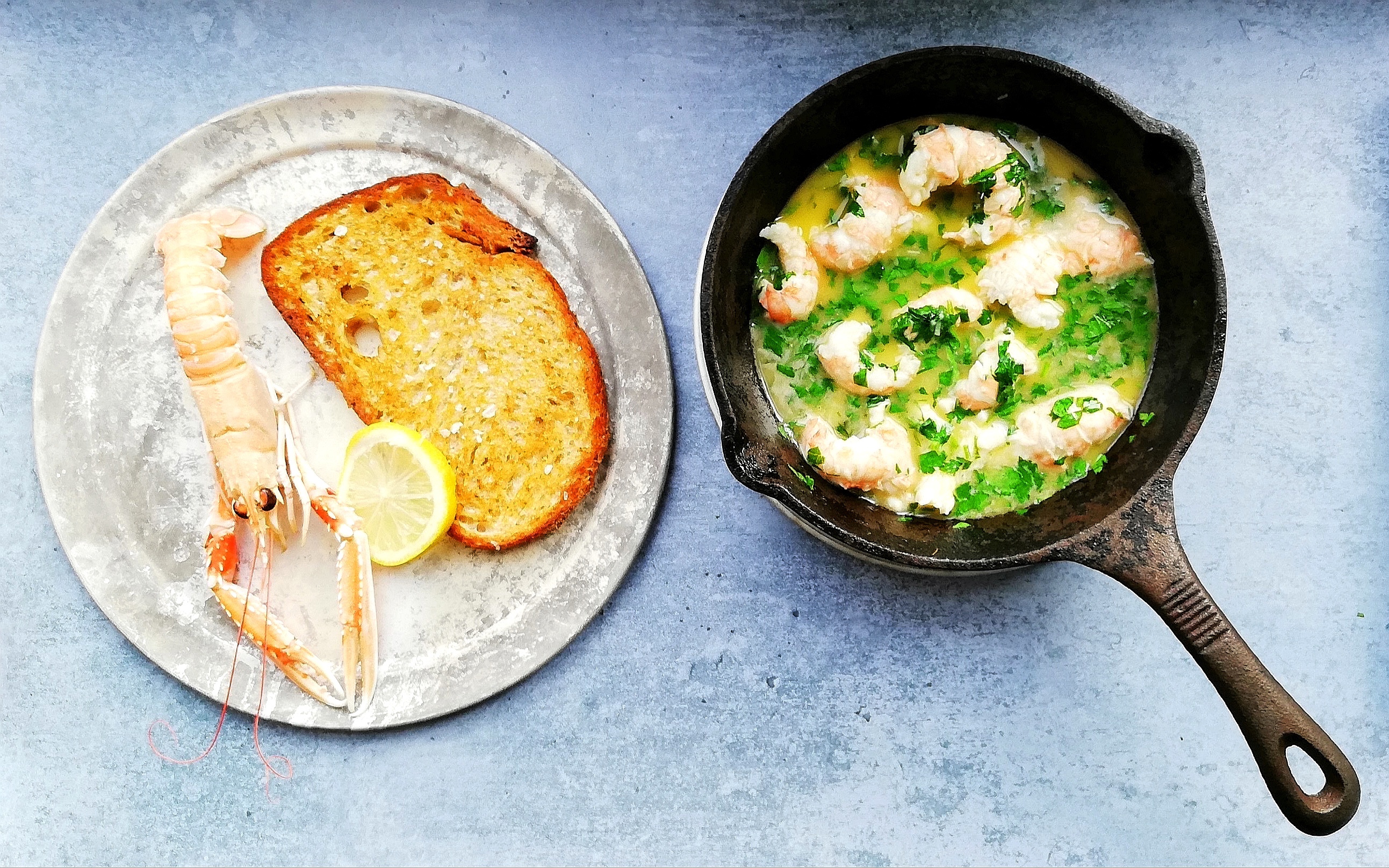
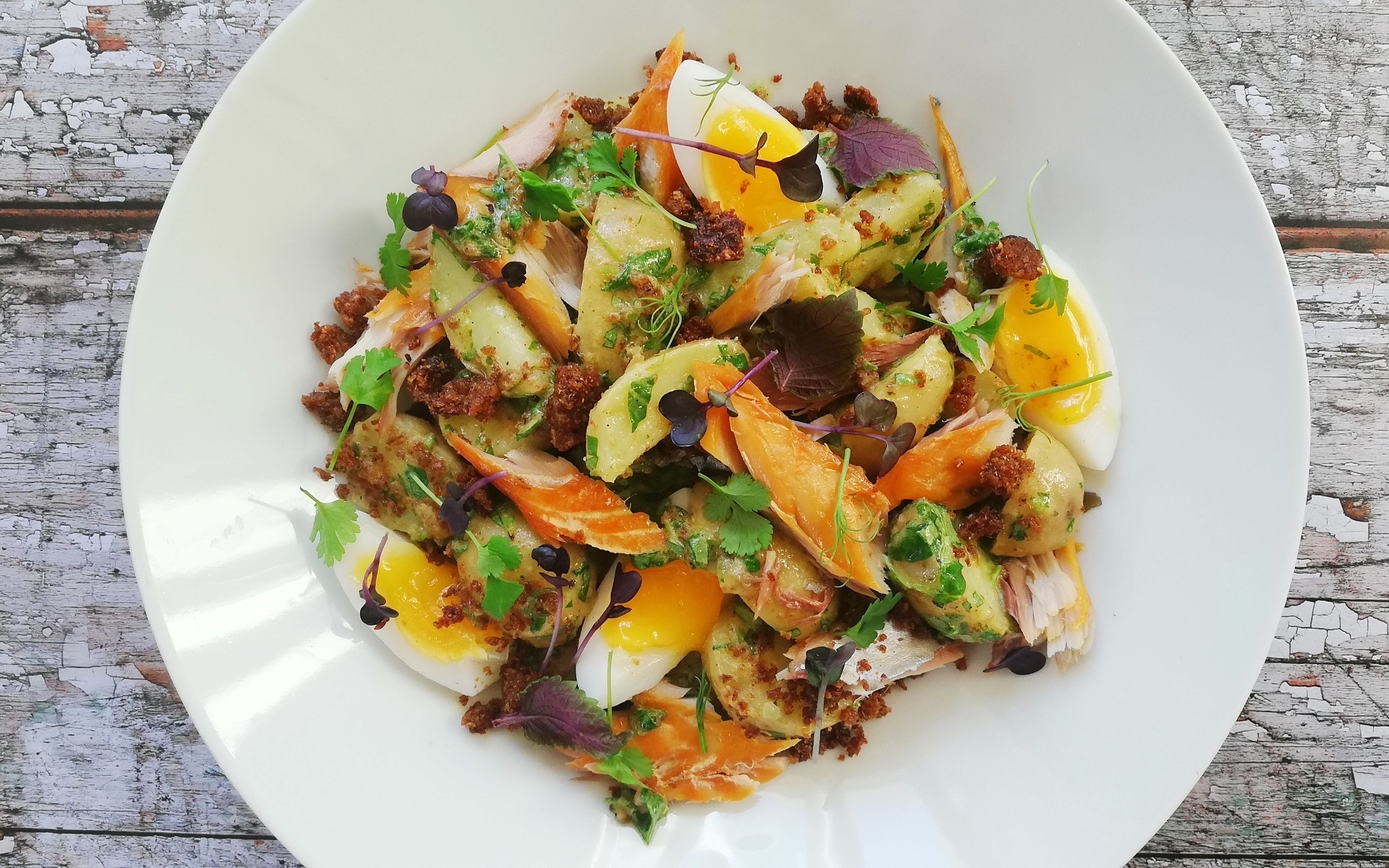
.jpg)